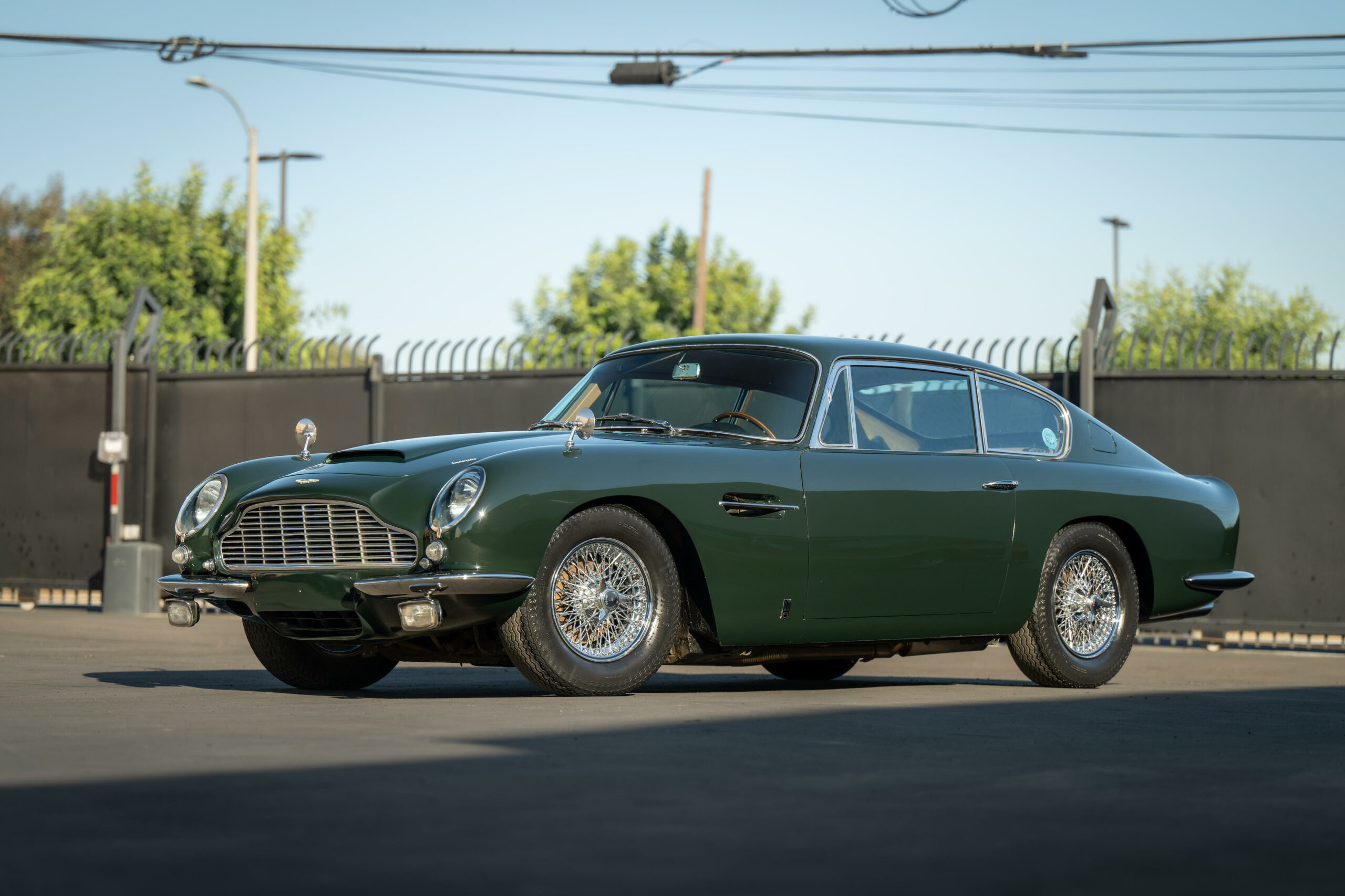Categories
- 1910s
- 1920s
- 1930s
- 1940s
- 1950s
- 1960s
- 1970s
- 1980s
- 1990s
- 2000s
- AMC
- Aston Martin
- Autobianchi
- Bentley
- BMW
- Bristol
- Buick
- Cadillac
- Chevy
- Chrysler
- Citroen
- Classic Cars
- Classic Hot Rods
- Classic Muscle Cars
- Classic Sports Cars
- Cunningham
- Davis
- Duesenberg
- Edsel
- Facel Vega
- Ferrari
- Fiat
- Ford
- Ghia
- Hillman
- Hudson
- Jaguar
- Kaiser
- Lamborghini
- Luxury Car
- Maserati
- Mercedes-Benz
- Moretti
- Packard
- Panhard
- Plymouth
- Porsche
- Reliant
- Rolls-Royce
- Studebaker
- Toyota
- Uncategorized
- Vespa
- Volvo
- Wolseley
The history of Studebaker is a tale of American industrial innovation, adaptation, and a long and storied presence in the automotive and transportation industries. Studebaker was one of the oldest and most enduring automobile manufacturers in the United States, with roots dating back to the early 19th century.
The Studebaker Brothers, Henry, Clement, and John M., originally established the Studebaker wagon-building business in South Bend, Indiana, in 1852. They initially focused on producing sturdy wagons, carriages, and other horse-drawn vehicles, earning a reputation for quality and durability. Studebaker wagons became fixtures in the American West, used for everything from transporting goods to carrying pioneers on their westward journeys.
In 1902, Studebaker entered the emerging automobile market by producing electric vehicles. Soon after, the company shifted its focus to gasoline-powered automobiles, introducing the Studebaker-Garford in 1904. Studebaker automobiles gained popularity for their reliability and innovation, including features like the electric starter, which made driving more convenient.
In the 1920s, Studebaker expanded its line of automobiles, producing a wide range of models to cater to different consumer preferences. The company introduced the Studebaker President, a luxury car, and the Studebaker Commander, which aimed for a broader market.
The 1930s saw Studebaker become one of the first automakers to offer advanced safety features like hill-holding brakes. The brand continued to produce stylish and innovative cars, including the Studebaker Champion.
Studebaker’s fortunes took a hit during World War II when the company shifted its production to wartime efforts, including trucks and military vehicles. After the war, Studebaker struggled to regain its market share and faced increased competition from the “Big Three” American automakers (General Motors, Ford, and Chrysler).
In the 1950s, Studebaker made headlines with the introduction of the Studebaker Starliner and the Studebaker Hawk, which featured distinctive and forward-thinking designs. The company also produced compact cars like the Studebaker Lark in response to changing consumer preferences.
Despite its efforts to remain competitive, Studebaker faced financial difficulties, leading to a merger with the Packard Motor Car Company in 1954 to form the Studebaker-Packard Corporation. Unfortunately, this merger did not save Studebaker from declining sales.
In 1963, Studebaker ceased production of automobiles in the United States, marking the end of a long and storied history in the American automotive industry. The company continued to produce vehicles in Canada for a few more years before closing its doors entirely.
While Studebaker’s days as an automaker came to an end, its legacy lives on through the classic cars and vehicles it produced, many of which are cherished by collectors and enthusiasts. The Studebaker logo, featuring a distinctive wagon wheel and the “STUDEBAKER” nameplate, remains an enduring symbol of American craftsmanship and innovation.




